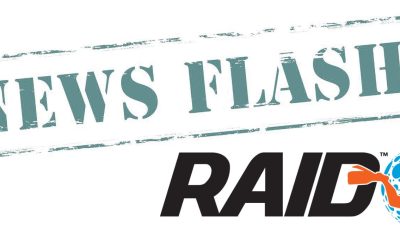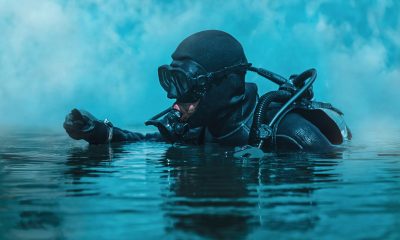News
BSAC releases gas density tables – sign up to FREE webinar this Sunday
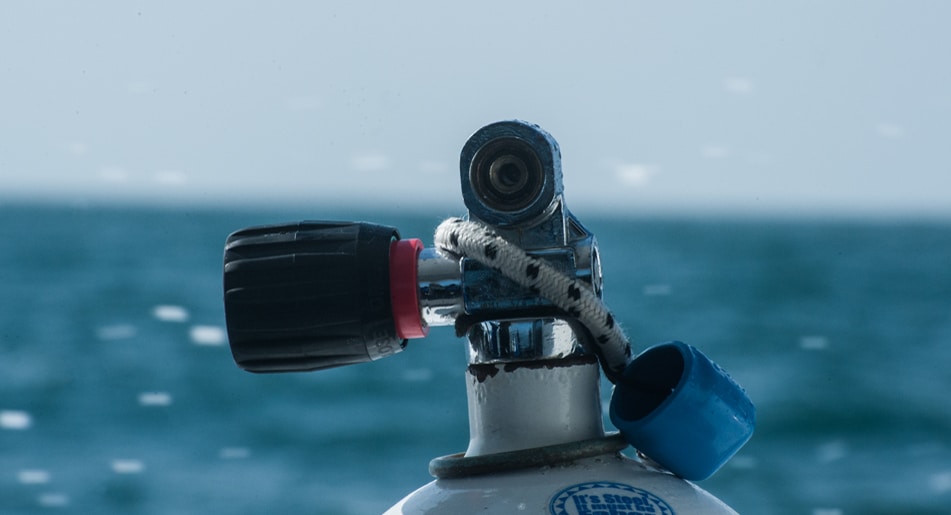
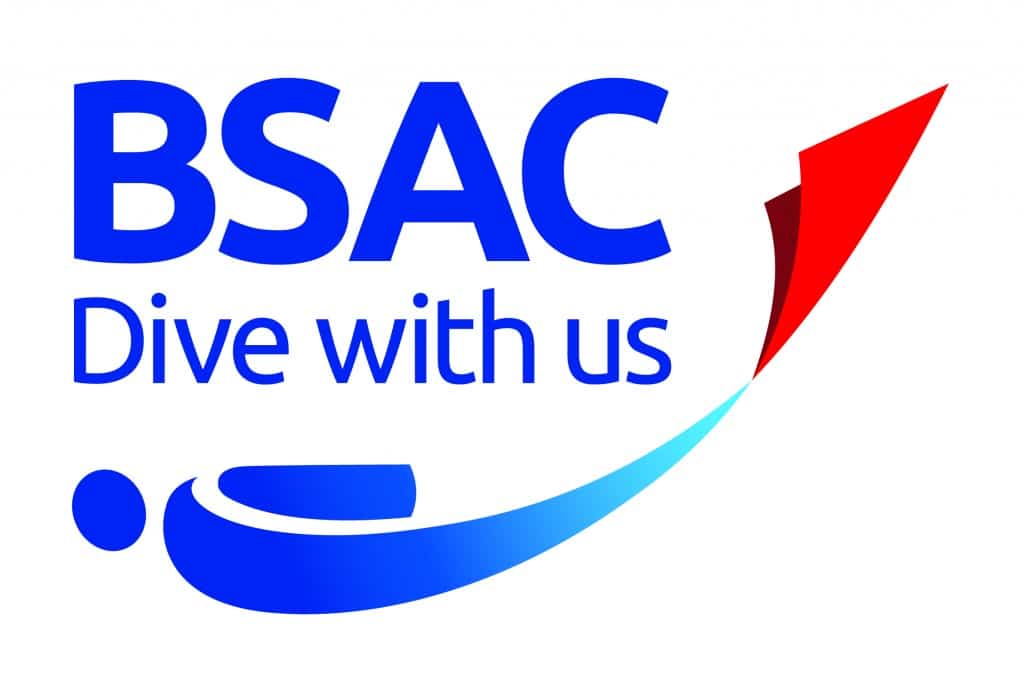 BSAC has released three sets of gas density tables for its members.
BSAC has released three sets of gas density tables for its members.
Considered an important source of safety information based on empirical research, the tables are intended to inform planning for safer deeper diving (>40m). In recent years there has been an increased understanding of the importance of gas density in gases breathed under pressure. BSAC has now released tables that recommend breathing mixes for open and closed-circuit divers.
The tables were specifically developed for mixed gas divers but gas density values also have implications for informing safe depth parameters for air and nitrox divers. The new tables align with findings from research conducted by Gavin Anthony and Professor Simon Mitchell that were presented in 2015 in a paper entitled Respiratory physiology of rebreather diving. Gavin is a BSAC member and Advanced Instructor, as well as the principal scientific advisor for BSAC National Diving Committee (NDC) Technical Group. He has been involved in the development of these tables from inception through to publication. The tables were then formulated by BSAC Technical Instructors Trevor Davies and Mike Rowley.
Mike Rowley said: “I’m thrilled to be able to release this really important safety support for our members. Gavin and Simon made the research freely available online but the point of developing look-up tables was so divers can see at a glance what the optimum gas mixture is for any given depth and application.”
BSAC members can access and download the gas density tables online.
So, what is gas density and why is it important for divers?
Gas density is a measure of mass per unit volume, measured in grams per litre (g/l). The deeper you go the density of the air you breathe increases. A high gas density means a given volume of gas weighs more and takes more effort to move, resulting in increased work of breathing (WOB).
Gas density is why WOB increases as we go deeper, and increased WOB, in turn, predisposes divers to CO2 retention. It is increasingly accepted that elevated breathing gas densities are dangerous and may well be implicated in exacerbating a range of diving ailments including not only CO2 retention but also O2 toxicity, nitrogen narcosis, decompression illness and immersion pulmonary oedema. Furthermore, elevated gas densities can impair the performance of breathing equipment such as regulators and rebreathers.
Mike Rowley said, “The role of gas density and its relevance has not been universally addressed in diving education. However, BSAC is now assisting divers in factoring this into diving planning with these new tables. The tables allow the diver to readily see optimum gas mixtures based upon gas density therefore they are a proactive planning tool.”
In relation to BSAC diver training and safety recommendations:
- This update has already been included in BSAC’s Safe Diving guidance.
- Gas density is to become the basis for gas planning in all of the BSAC mixed gas courses.
- Gas density also has implications to inform Dive Leader, Advanced Diver and First Class Diver safe diving parameters.
The National Diving Committee (NDC) will be working on and considering the above in its ongoing developments.
What are the tables exactly?
The BSAC gas density tables show in tabular form:
- Breathing gas densities for a variety of gas mixtures including air, nitrox, trimix and heliox at depths of 5m increments from 35 metres to 130 metres.
- Equivalent narcotic depths (END) for each gas mixture and depth increment.
There are three tables in total. Two tables are for open circuit gas mixtures. One is based upon a partial pressure of oxygen (PO2) of 1.4 bar. This table is for use by open-circuit divers choosing safe dive gas. The other open-circuit table is based on a PO2 of 1.6 bar and is intended for use by open-circuit divers choosing accelerated decompression gases and rebreather divers choosing open-circuit bailout gases.
Each table shows a range of breathing gas mixtures for each depth increment that come within the safe gas density parameters for that depth. Each table also has a much smaller table of “ideal” gas mixtures for the depth increments.
Further information and support
A webinar entitled The lowdown on gas density tables is scheduled for Sunday 21 June from 19:30-20:30. To be held by BSAC’s highly-experienced technical instructor, Mike Rowley, this webinar will help you understand more and give you the opportunity to have your questions answered.
Find out more and sign up online.
Please contact BSAC’s Diver Resources Team with any questions, comments or feedback. They are available at drt@bsac.com or on 0151 350 6203.
Blogs
Heading out on the water this Summer? Watch for manatees
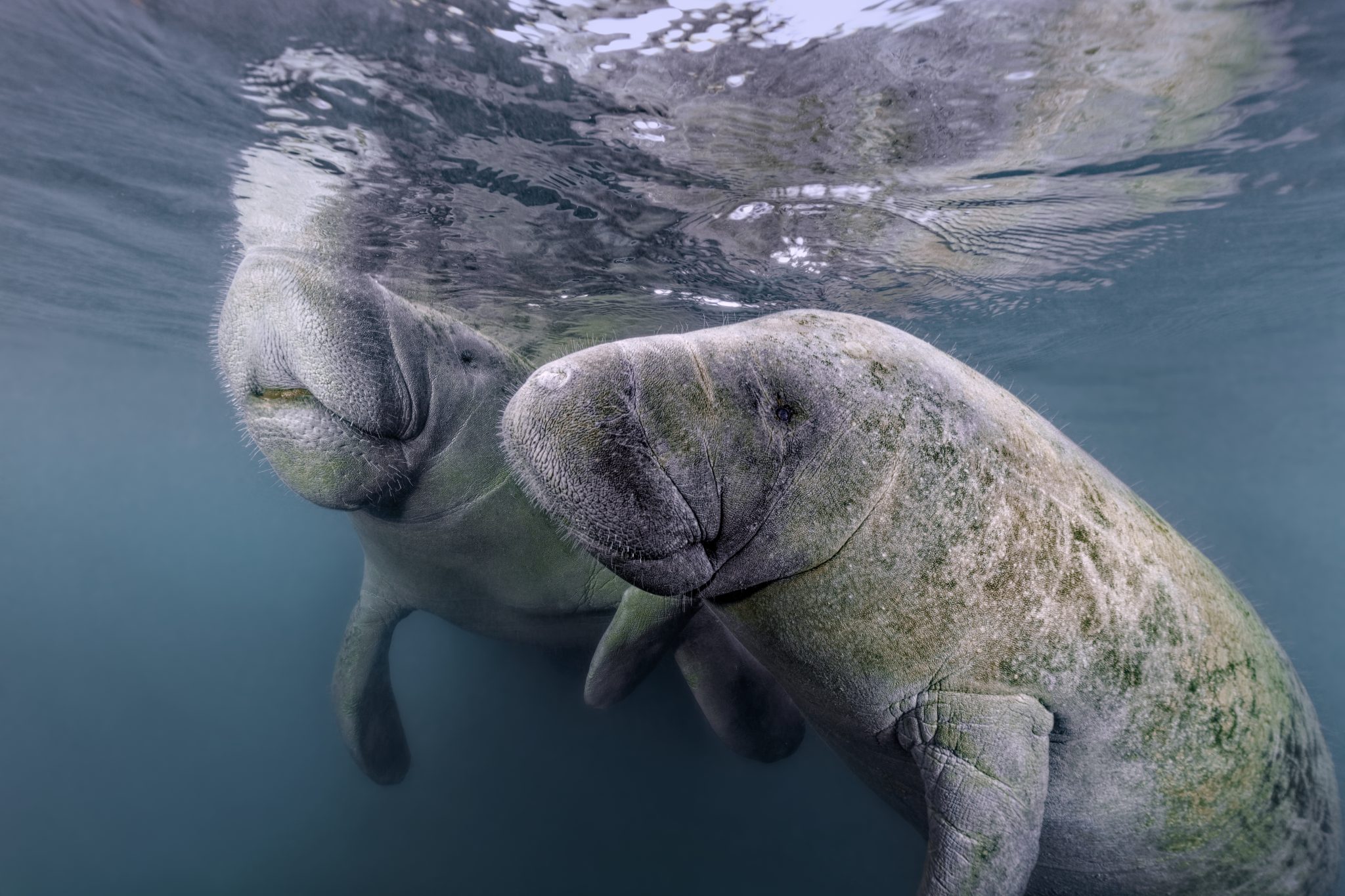
As National Safe Boating Week approaches, Save the Manatee® Club is urging boaters, and anyone that enjoys Florida’s waterways, to respect and protect the defenseless manatees that inhabit our shared waterways. From May 18 to 24, leading up to Memorial Day Weekend, the campaign aims to raise awareness about recreational boating safety and the importance of safeguarding imperiled manatees during the summer boating season. This week also emphasizes the importance of encouraging boaters to enroll in a boating safety course.
Manatees are semi-migratory marine mammals that are commonly found in shallow estuaries, bays, rivers, canals, and coastal areas throughout Florida and neighboring states. With some manatees venturing as far west as Texas and as far north as Massachusetts, collisions between these gentle giants and watercraft have become distressingly frequent. Boat propellers and high-speed collisions pose significant threats to manatees, often resulting in severe injuries or even death.
Save the Manatee Club is calling on all water enthusiasts to follow essential manatee safety tips to ensure the well-being of the imperiled manatee:
- Obey Speed Zone Signs: Familiarize yourself with and adhere to posted speed limits to prevent collisions with manatees.
- Reduce Glare with Polarized Sunglasses: Wear polarized sunglasses to enhance visibility and spot manatees below the water’s surface.
- Recognize Manatee Signs: Learn to identify signs of manatees in the area, such as swirls or flat spots on the water caused by their movements.
- Respect Manatee Sanctuaries: Keep a safe distance from posted manatee sanctuaries and avoid pursuing or harassing these marine mammals, as it is illegal and can disrupt their natural behaviors.
- Report Distressed Manatees: In Florida, promptly report distressed, injured, tagged, or orphaned manatees to the Florida Fish and Wildlife Conservation Commission (FWC) at 1-888-404-FWCC (3922). Outside of Florida, report sightings to the appropriate state agency or rescue organization. A list of agencies to contact is available at savethemanatee.org/report.
- Protect Seagrass Beds: Avoid boating over seagrass beds and shallow areas where manatees may be feeding. Stick to deep water channels while remaining vigilant, as manatees also utilize these channels during their travels.
- Dispose of Fishing Line Responsibly: Anglers should properly dispose of or recycle used fishing line to prevent entanglement hazards for manatees.
“Each year, National Safe Boating Week provides an excellent reminder for all of us to be aware that we share our waterways with vulnerable manatees,” emphasized Patrick Rose, Aquatic Biologist and Executive Director of Save the Manatee Club. “With the recent Unusual Mortality Event on Florida’s East Coast claiming an alarming number of manatees’ lives, it is more crucial than ever to prevent preventable deaths caused by watercraft collisions. By following manatee-safe boating guidelines, such as obeying speed zones and remaining vigilant for manatees, everyone on the water can contribute to the protection of these gentle giants.”
Save the Manatee Club offers a range of free materials to help safeguard manatees and raise awareness about manatee-safe boating practices. Shoreline property owners and park or marina managers can order aluminum dock signs to alert others about the presence of manatees in their areas. Boaters and paddlers can request packets containing a safety tips card, a waterproof boat banner, and a decal to display on their vessels, providing the number to report manatees in distress. To view and request these materials, visit savethemanatee.org/resources. Save the Manatee Club will also be hosting a live webinar for National Safe Boating Week on Tuesday, May 21st at 6pm EST. To register, visit savethemanatee.org/register.
Marine Life & Conservation Blogs
Book Review: Shells of the World

Shells of the World: A Natural History by M.G. Harasewych
Shells of the world is a guide to the world of marine, shelled molluscs. And what a varied and interesting world it is. Some of my favourite things to find on a dive are detailed in this book, including disco clams (or Electric File Clams as they are correctly names), the cephalopods, giant clams and sea hares. There are also many on my wish list, top of which is the Nautilus.
Each chapter provides a detailed description of the species, along with beautiful images. You can dive deeper and discover where they live, both with global distribution and the habitat they prefer. Learn about their diet, reproduction and diversity.
Having dipped in and out of this lovely book over the past few weeks, it has inspired me to learn more about this group of animals that we see on most divers, wherever we are in the world. Some of the shells are incredibly intricate and beautiful. I have always agreed with never collecting, or touching, marine life. The description of a certain set of cone shells should be a warning to those that are happy to pick up marine life! One of the cone shells has a local name called the cigarette snail. Why? Because once the venom is in your system from this animal, you only have time to smoke one cigarette before the affects of the venom are fatal!
What the publisher says:
Mollusks are invertebrate animals with a remarkable natural history and a rich fossil record, and their shells are prized for their breathtaking variety and exquisite beauty. Shells of the World provides a wide-ranging look at the incredible diversity of marine mollusks. An informative introduction outlines the lineages covered, followed by a directory section, split into classes, that profiles a broad selection of different taxa to give a sense of their sheer numbers and variety.
- Features hundreds of beautiful color photos, depicting both the live animals and their shells
- Discusses mollusk evolution, anatomy, life cycles, behavior, and ecology
- Describes unique characteristics, distribution, habitat, and size
- Provides valuable insights into the conservation of the world’s marine mollusks
- Ideal for malacologists and shell collectors everywhere
About the Author:
M. G. Harasewych is research zoologist emeritus and former curator in the Department of Invertebrate Zoology at the Smithsonian Institution’s National Museum of Natural History. A fellow of the American Association for the Advancement of Science, he is the author (with Fabio Moretzsohn) of The Book of Shells: A Life-Size Guide to Identifying and Classifying Six Hundred Seashells.
Book Details
Publisher: Princeton University Press
Hardcover
Price: £25
ISBN: 9780691248271
Published: 9th April, 2024
-

 Marine Life & Conservation Blogs3 months ago
Marine Life & Conservation Blogs3 months agoCreature Feature: Swell Sharks
-

 Gear Reviews4 weeks ago
Gear Reviews4 weeks agoGEAR REVIEW – Revolutionising Diving Comfort: The Sharkskin T2 Chillproof Suit
-

 Blogs2 months ago
Blogs2 months agoMurex Resorts: Passport to Paradise!
-

 Blogs3 months ago
Blogs3 months agoDiver Discovering Whale Skeletons Beneath Ice Judged World’s Best Underwater Photograph
-

 News3 months ago
News3 months agoPADI Teams Up with Wellness Brand Neuro to Drive Ocean Change and Create a Blue State of Mind
-

 Gear Reviews3 months ago
Gear Reviews3 months agoGear Review: Oceanic+ Dive Housing for iPhone
-

 Marine Life & Conservation2 months ago
Marine Life & Conservation2 months agoSave the Manatee Club launches brand new webcams at Silver Springs State Park, Florida
-

 Blogs2 months ago
Blogs2 months agoSeagrass Awareness Month brings critical food source for Manatees to centre stage







